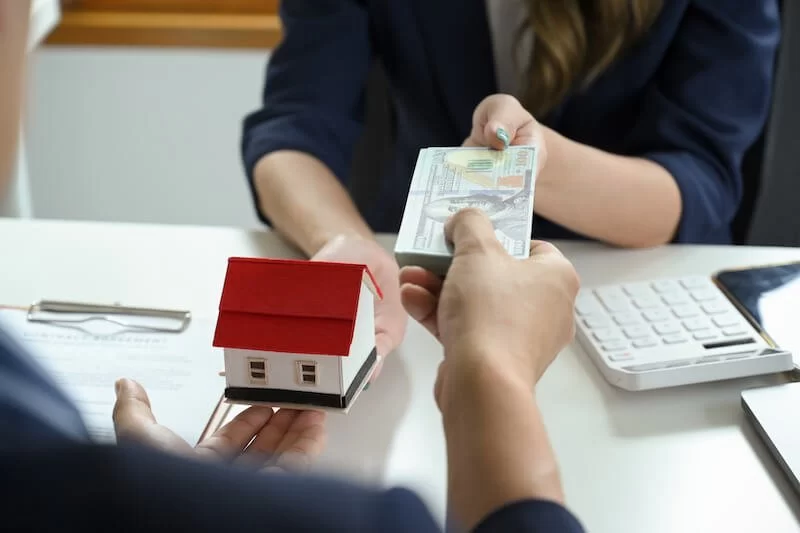
How to Buy a Second Home for Vacation or Investment in the USA
Purchasing a second home in the United States for vacation or investment is an exciting venture that offers long-term financial benefits and the opportunity to create lasting memories. Whether you’re dreaming of a beach house, a mountain cabin, or a city apartment, buying a second home requires careful planning and consideration. In this guide, I’ll share my experience and walk you through the steps you need to take to successfully purchase your second home.
1. Assess Your Financial Situation
Before diving into the world of second homes, it’s crucial to assess your financial situation. I learned this the hard way, after initially falling in love with a property before truly understanding my budget. Second homes come with additional expenses that go beyond just the purchase price. These include property taxes, maintenance costs, insurance, utilities, and potentially higher mortgage rates. Ensure you have a clear picture of your finances and whether you can afford not only the upfront costs but the ongoing expenses of owning a second home.
Start by reviewing your current financial standing. Consider your debt-to-income ratio, savings for a down payment, and whether you will need to finance the property with a mortgage. Many second home buyers need a 20% down payment or more, so be prepared for this expense. Also, keep in mind that interest rates for second homes may be higher than for primary residences, so factor this into your long-term financial plan.
2. Choose the Right Location
The location of your second home is perhaps the most important decision you’ll make. Whether you're buying for vacation or investment purposes, you need to choose a location that fits your goals. For instance, if you're buying a vacation home, you’ll want to select a place that offers the amenities and lifestyle you desire. In contrast, if your goal is to generate rental income, you'll need to choose a location with strong demand for vacation rentals.
When I was looking for my second home, I weighed options between various popular vacation destinations. Areas like Florida’s coastlines, the mountains of Colorado, and urban hotspots like New York City all had their appeal. Ultimately, I selected a location based on its popularity with tourists, proximity to my primary residence, and its potential for appreciation. Locations near popular tourist attractions or business hubs tend to perform better in terms of rental income and long-term investment value.
3. Understand Financing Options
Financing a second home can be more complex than buying your first property. As mentioned earlier, most lenders require a larger down payment for second homes. Additionally, you'll need to consider your mortgage options. While conventional loans are available for second homes, some buyers may explore different types of financing, such as adjustable-rate mortgages (ARMs) or even vacation home loans tailored to buyers who intend to rent out the property.
During my search, I found that it's beneficial to work with a lender experienced in second-home financing. I made sure to get pre-approved for a loan, which gave me the confidence to make offers quickly when I found the perfect property. Having your finances sorted out in advance will save you time and energy when you start seriously looking at properties.
4. Consider the Costs of Maintenance and Upkeep
Once you own a second home, it’s important to stay on top of maintenance and repairs. Many people overlook the ongoing costs associated with second-home ownership, especially if it’s a vacation property you don’t visit year-round. For example, you’ll need someone to take care of the lawn, clean the house between guest stays, and ensure the property remains in good condition. You can either hire a property management company or handle these tasks yourself, but either way, you need to budget for it.
During my experience, I quickly realized that having someone handle the day-to-day upkeep of my vacation home was invaluable. Not only did it give me peace of mind, but it also allowed me to maximize the time I spent enjoying the property. If you’re purchasing a second home with the goal of renting it out, maintenance costs are even more critical. You want to ensure your property is always ready for guests and meets local rental standards.
5. Factor in Taxes and Legal Considerations
Owning a second home comes with tax implications that are different from owning a primary residence. Depending on the location of your property, you may face higher property taxes, especially in sought-after vacation areas. Additionally, if you plan to rent out your second home, you will be subject to local rental income taxes. It’s essential to consult with a tax professional to understand these costs and how they will affect your bottom line.
Additionally, familiarize yourself with local zoning laws, rental restrictions, and homeowner association (HOA) rules, if applicable. I learned this lesson when I almost bought a property that had restrictions on short-term rentals, which would have limited my ability to rent it out for additional income. Make sure you understand the local legal framework before purchasing to avoid any surprises later.
6. Consider the Long-Term Investment Potential
While purchasing a second home can be a wonderful experience, it’s also important to think about the long-term investment potential of the property. Property values can fluctuate, so consider how much appreciation you expect over time. Ideally, a second home should not only provide enjoyment in the short term but also grow in value, providing a solid return on your investment when you eventually sell.
In my case, I carefully researched the historical property value trends in my chosen location. I looked at factors such as the area's real estate market stability, the impact of new developments, and the overall demand for vacation properties. By understanding these trends, I felt more confident that my second home would appreciate over time, making it a solid investment for the future.
7. Make Sure You’re Prepared for the Responsibilities
Finally, owning a second home comes with a set of responsibilities that go beyond just paying the mortgage. You’ll need to keep track of maintenance schedules, deal with tenants if you’re renting the property, and handle any legal or financial issues that arise. It’s important to be prepared for these responsibilities, or you may find yourself overwhelmed by the demands of second-home ownership.
After a few months of ownership, I realized that it’s important to have a system in place to manage all the aspects of your second home, especially if you’re not living there full-time. Whether you hire professionals or take on the tasks yourself, be prepared for the work that comes with owning multiple properties.








